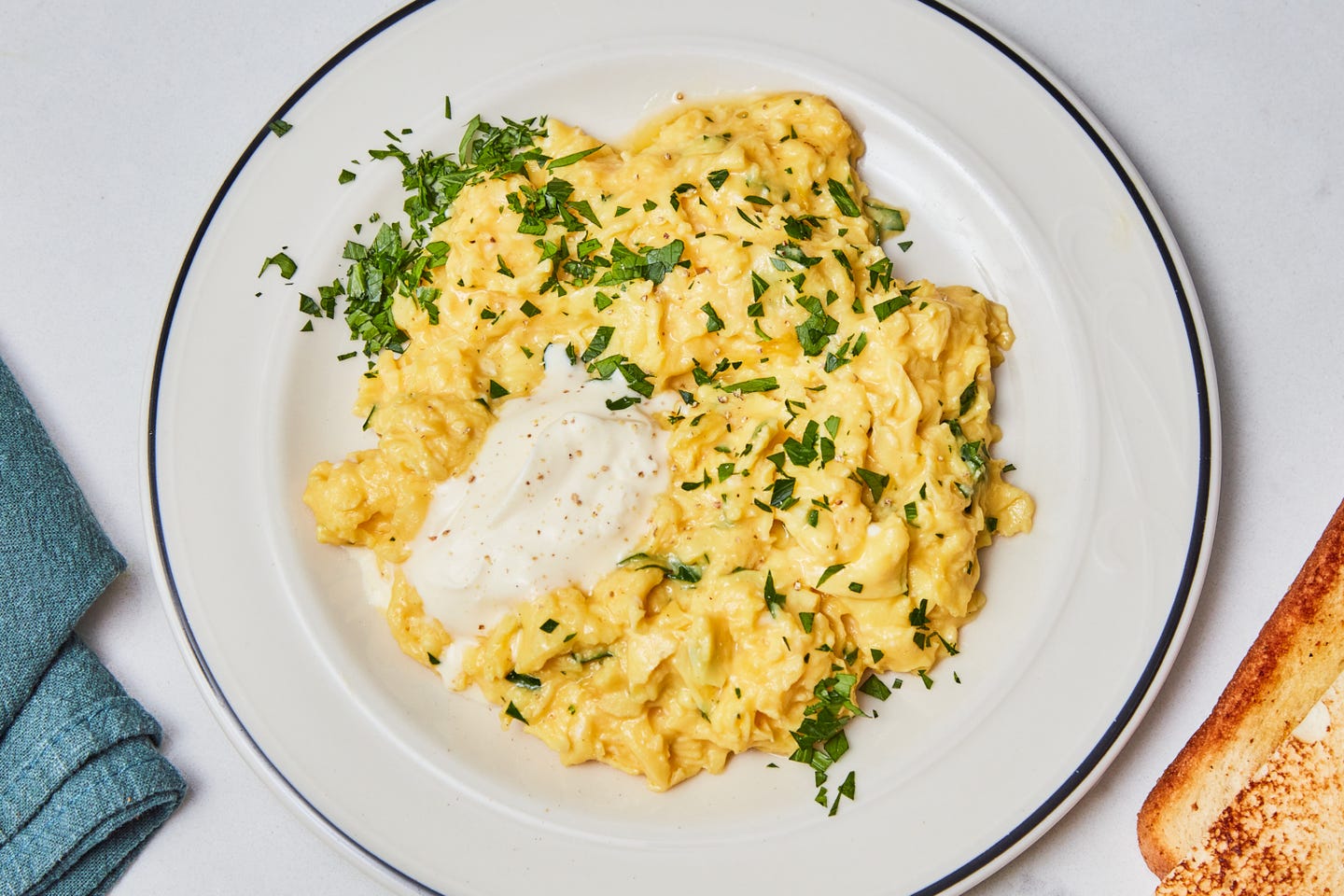
For Perfect Soft-Scrambled Eggs, Hold the Cream
Attention and a gentle hand are the key to this simple dish’s beguiling texture.
Learn how to make soft-scrambled eggs and reap the rewards of luxurious creaminess every morning—no cream required. Eggs can easily go wrong, ending up rubbery, stuck to the pan, or (impressively enough), both too dry and oddly watery at the same time. After years helming a high-end boutique resort kitchen, chef Jason Aldous knows how to make sure his eggs turn out well: "All you need is egg, salt, and less time than normal." That's his basic recipe for soft-scrambled eggs, which he says is the only way he makes them.
What you need (materials, tools, ingredients, cooking utensils, etc.)
- Carbon steel or other type of pan, preferably not non-stick, well-seasoned
- Butter
- Large bowl
- Eggs
- Kosher salt
- Whisk
- Spatula
- Trivet
- White pepper
- Optional additions: crème fraîche, sweated leeks, herbs, microgreens, fennel pollen, esplette pepper.
Before You Begin
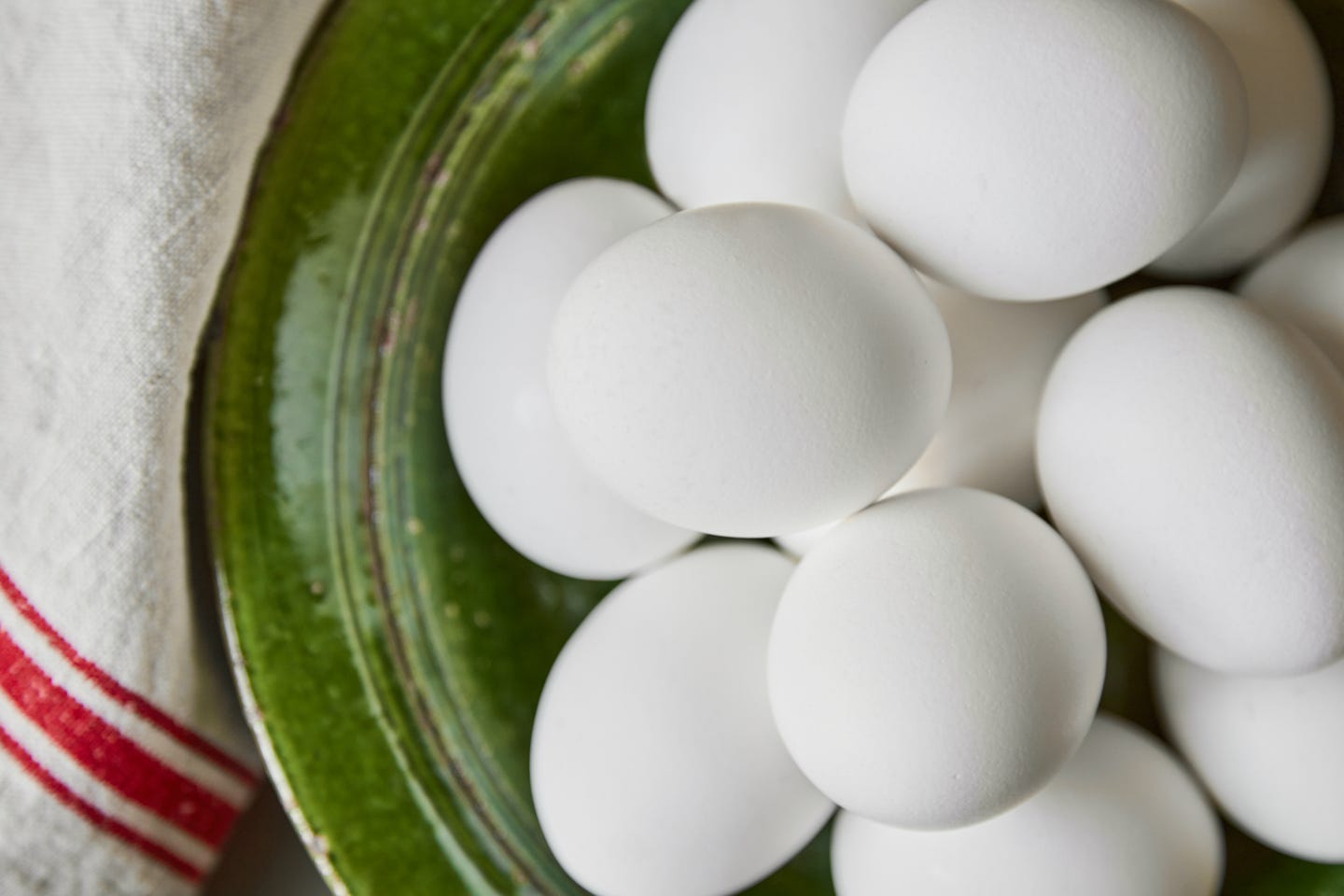
Get all your tools and supplies ready before you start, says Aldous, because time is of the essence with this method—you will end up overcooking the eggs if you turn to grab something. Also, have a trivet handy so you can get your pan off the heat right away.
Step 1: Heat up a carbon steel pan over medium-low.
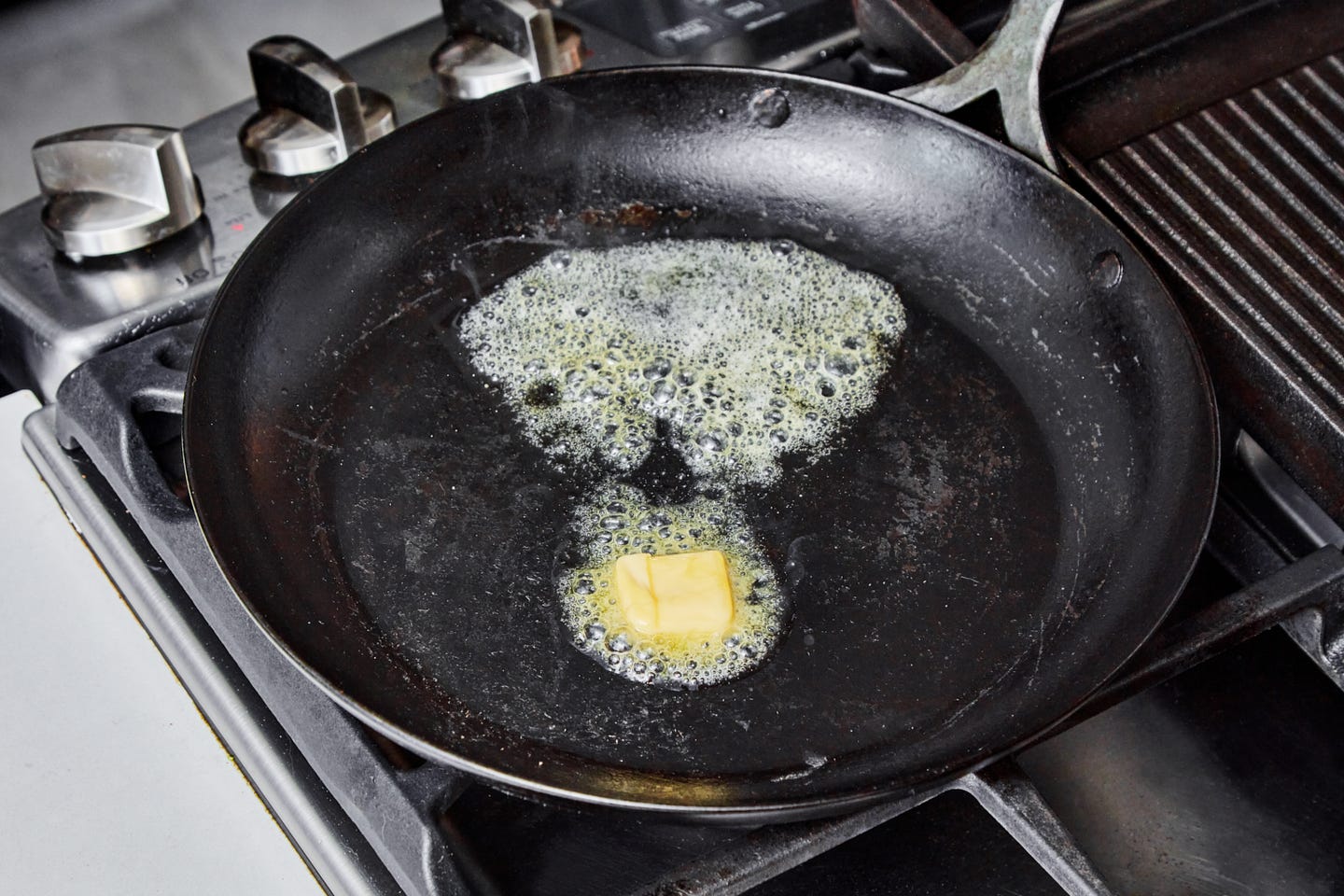
One of the keys to Aldous' soft eggs comes in heating the pan before you get started. By waiting until the pan is already hot to add the butter, he finds the fat stays on the surface of the pan, which keeps the eggs from sticking while they cook. Let the pan heat up over "just below medium" heat as you prepare the eggs, so it is already hot when you add the butter.
Step 2: Whisk the eggs in a very large bowl and add salt.
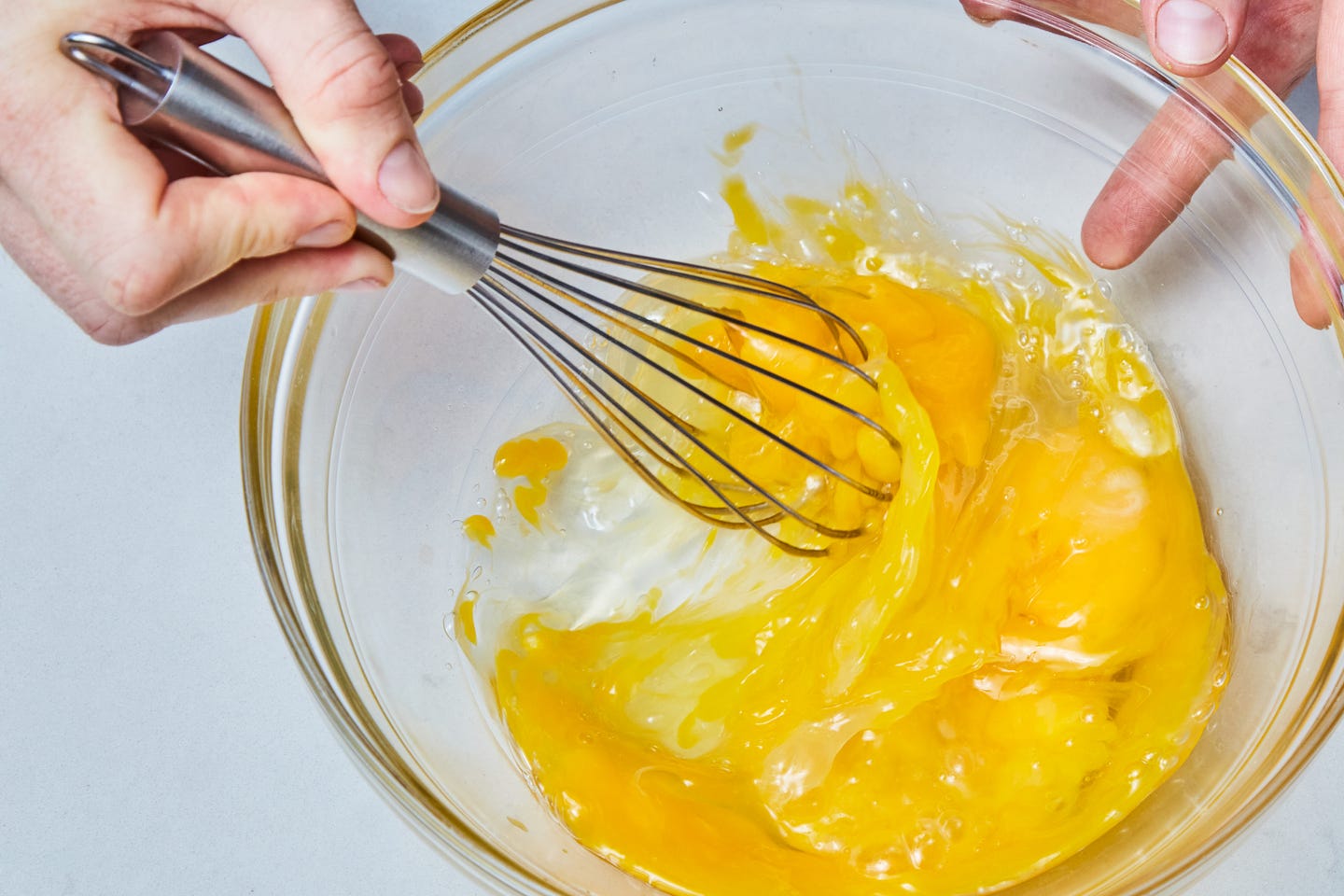
Crack your eggs into a much bigger bowl than it seems you would need for three eggs (or however many you are making). This keeps the mess down and gives you room to "get rough with them," as Aldous instructs. He whisks the eggs rapidly to break up any of the "hard white stuff," which he says could give a chewy bite later. The aggressive whisking also whips air into the eggs, making them fluffier.
Aldous then adds his salt. He acknowledges that many people find this makes the egg watery, but he has found that's not an issue in this preparation.
Step 3: Add butter to the already-hot pan.

Add the butter to the pan, making sure that it melts all over the surface, including the edges and sides, as the egg will get there during cooking, and you don't want it to stick. You want to get the butter to the point that it is melted and foamy, but keep the heat low enough so it doesn't burn—Aldous sets his stove to a 4.5 heat out of 10.
Step 4: Pour in the eggs and start to scramble them.
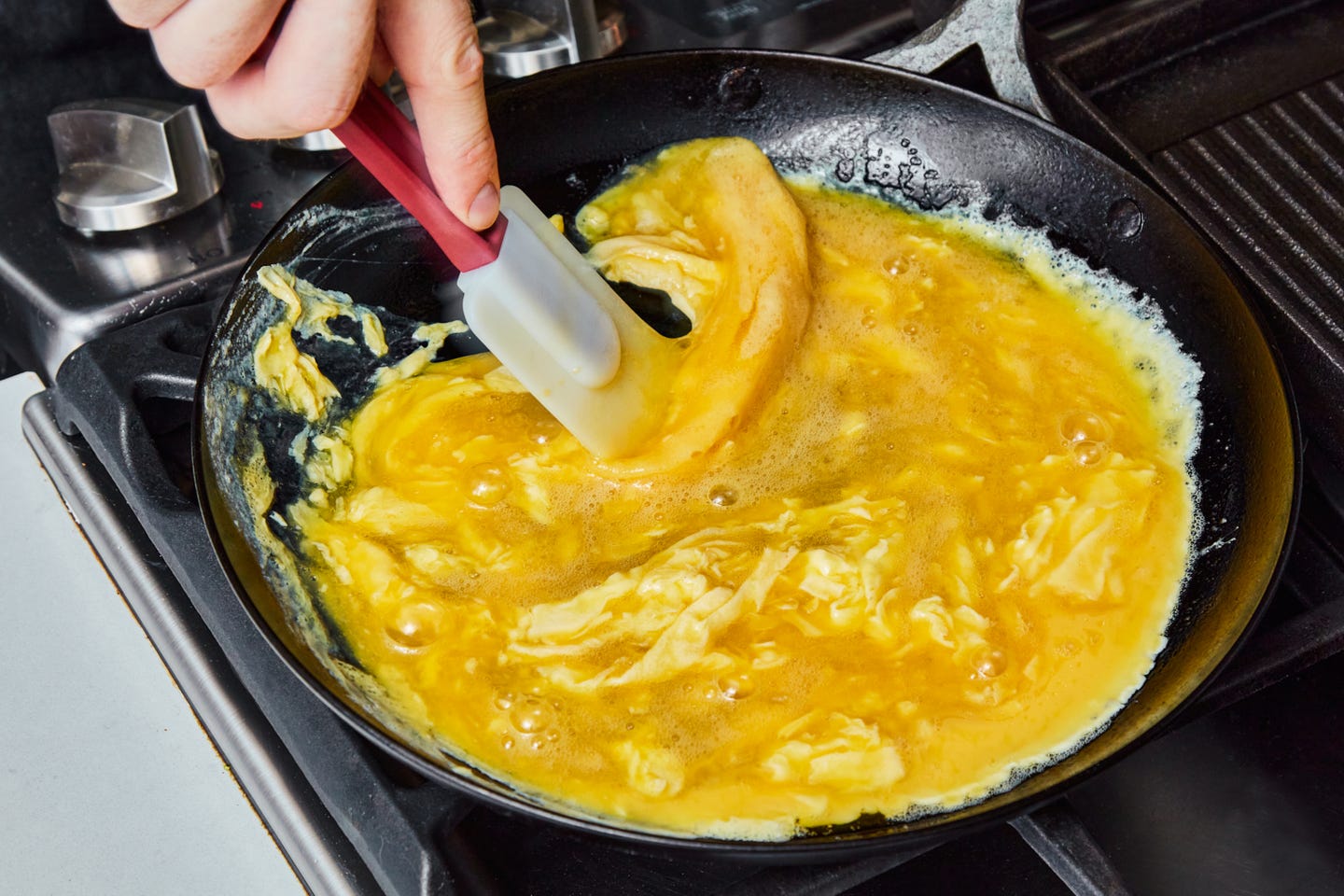
Pour your eggs into the hot pan and let them form just a bit of curd before you start moving them, just like in a traditional scramble, says Aldous. Then start stirring, making sure to scrape the sides and bottom with your spatula so that you don't end up with any dry bits. Keep mixing, using a bit of a folding motion, so that the curds keep picking up more and more of the raw egg.
Step 5: Cook until only a bit of liquid remains.
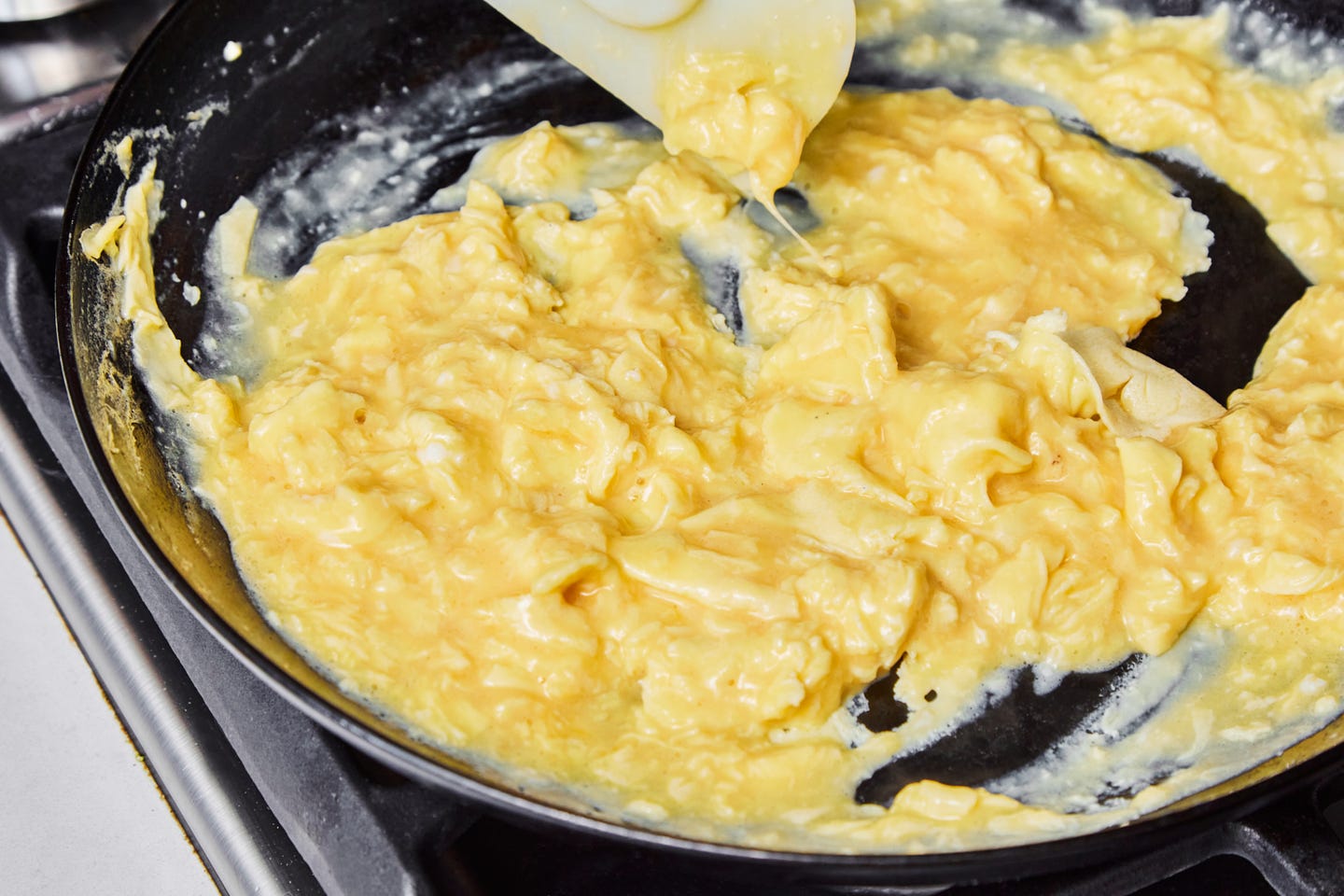
Keep stirring and cooking the eggs until you have just a bit of liquid egg left and the rest is formed as curds, then remove the pan from the heat and put it on the trivet. The pan and eggs are still hot and the carryover will cook the rest, so just keep folding until no liquid remains, but so the eggs are still a bit on the wet side. (If you need more heat, you can put the pan back on the burner.)
Step 6: Add more butter, pepper, and any other toppings.
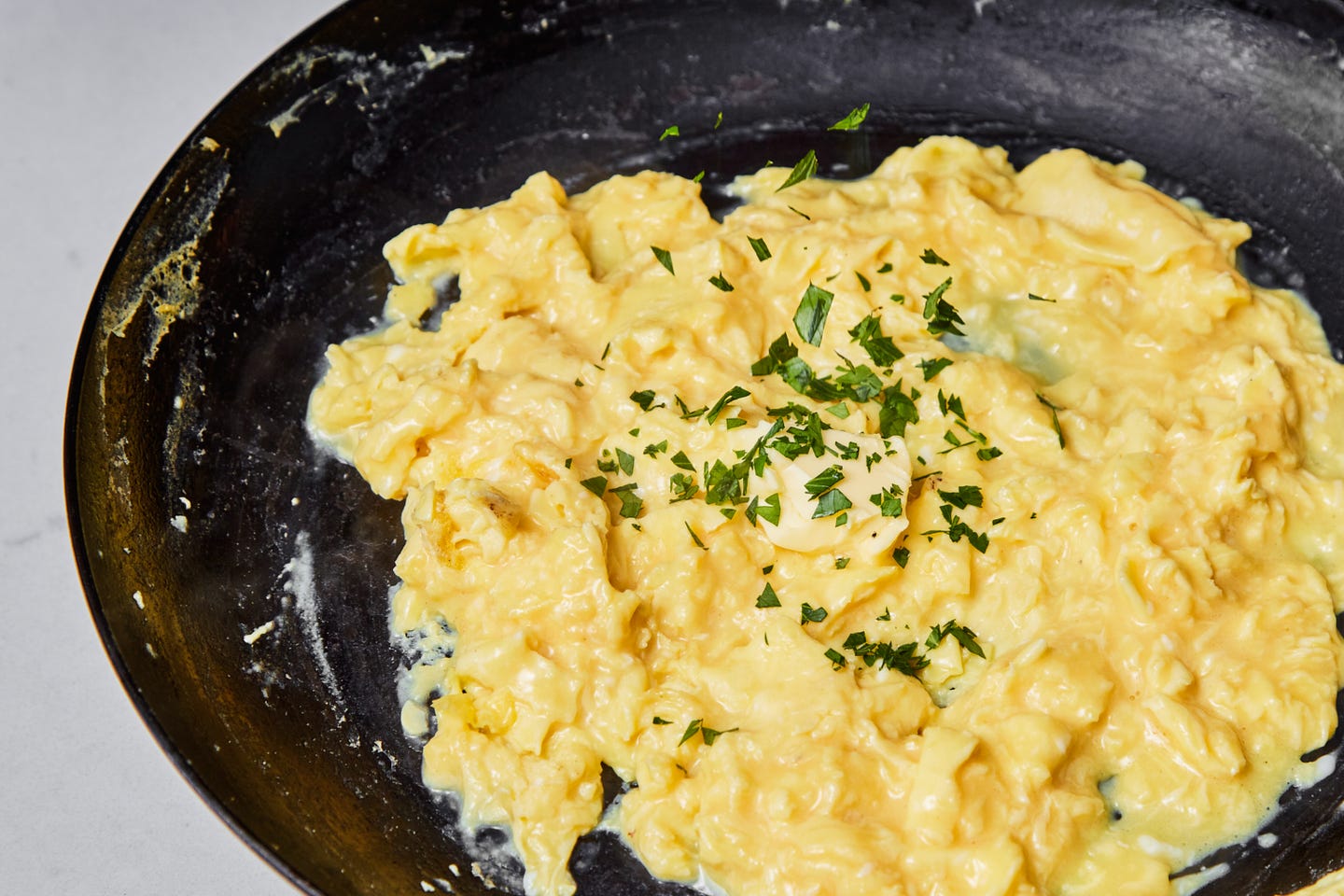
When no water remains but the eggs still seem a bit wet, that indicates they are seconds from done. Add more of the butter now: "That coats the eggs a bit more," explains Aldous. "Makes them glisten a bit more, makes them a little more buttery." He then adds white pepper because it doesn't distract from the color (he also says never to use flaky salt in eggs, because deep down inside it always makes you wonder if any crunch is actually a stray piece of eggshell). You can get creative and glam up your eggs with crème fraîche, herbs, microgreens, fennel pollen, and/or espelette pepper. Aldous sometimes uses leeks he has cooked down in butter, because the soft, mild alliums match the softness of the eggs and add texture and flavor without distraction.
Final Thoughts

Once you learn how to make soft-scrambled eggs, your breakfast goes from Waffle House to French Laundry, jokes Aldous. But fear no tweezers or scolding chefs here, nor do you need any of the heavy cream often added or assumed to be necessary to achieve such a silky and desirable texture. With a few simple ingredients and just a tiny bit more attention than the average scrambled egg method, this soft-scramble adds a luxurious lushness to breakfast—or to any meal. Serve your soft scrambled eggs simply, or dress them up with fun herbs, spices, or other flavorings.
Keep Reading
Continue to Next Story










